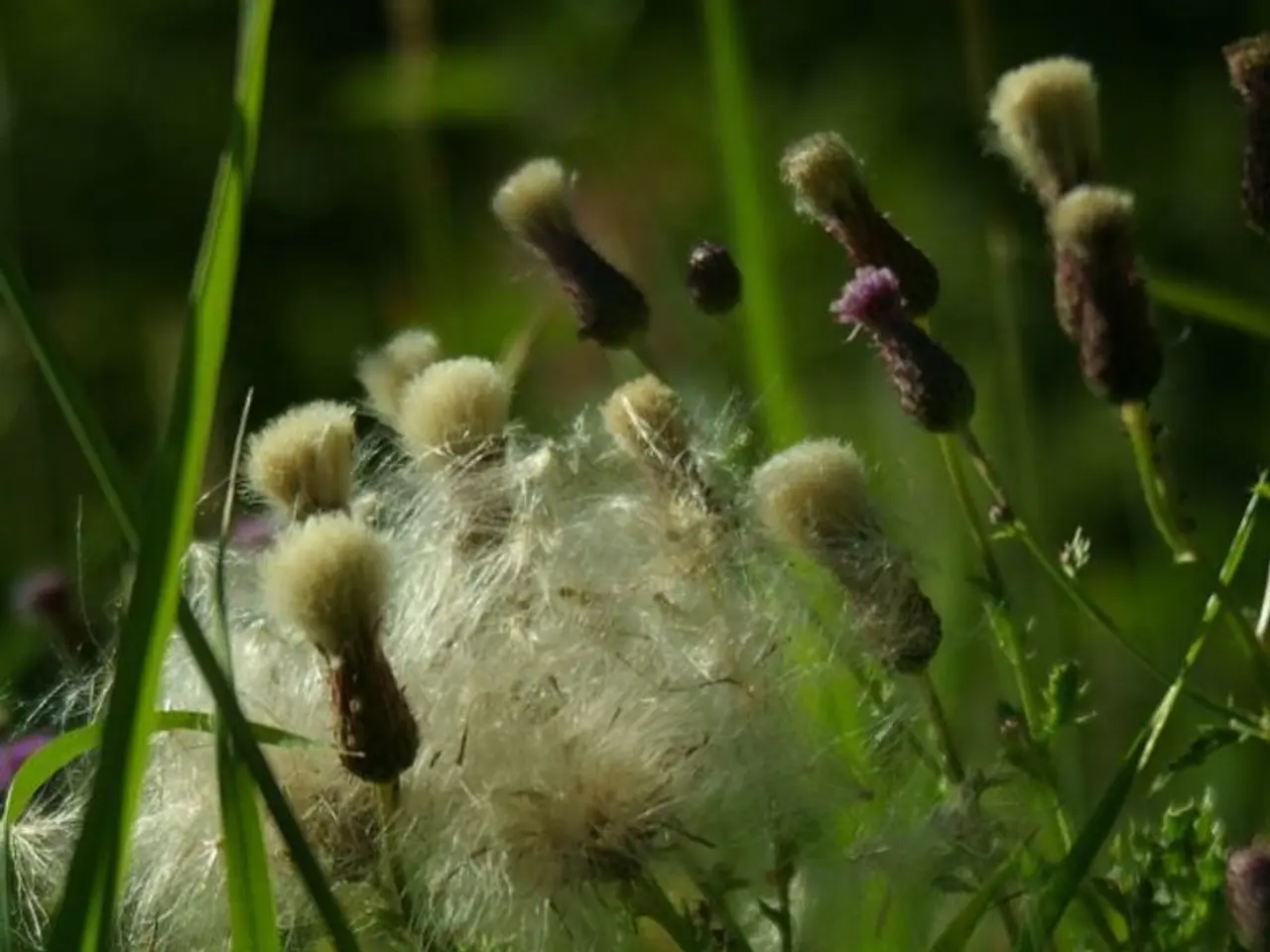Dutch initiative aiming to lower nitrogen emissions by purchasing a substantial number of farms
The Netherlands, a country known for its vibrant agricultural sector, is grappling with the challenge of reducing nitrogen emissions, a critical environmental issue that has led to the degradation of its natural habitats. In recent years, the government has turned to voluntary farm buyouts as a key strategy to address this problem.
The Dutch government has allocated a substantial sum of €350 million for a voluntary buyout program, but according to recent reports, only a small portion of this fund has been spent on purchasing farms[1]. This approach emphasizes setting emissions targets for farms and encouraging voluntary participation rather than mandating reductions through forced buyouts or strict enforcement.
The Dutch policy has evolved from earlier approaches that included enforced restrictions and court-mandated interventions towards more voluntary, incentive-based programs in recent years. Johan Remkes, a long-serving politician, presented a report to the Dutch House of Representatives on October 5, outlining a plan to buy up 500 to 600 major nitrogen emitters within a year, primarily agricultural operations, to help nature recover[1]. However, the effectiveness of voluntary buyouts over the past 25 years compared to forced buyouts or other measures is not comprehensively documented in publicly available data.
The government's plan, which was accepted on October 14 despite finding it ambitious and having an extremely short execution deadline, aims to reduce nitrogen emissions by half by 2030[1]. The plan, however, has not met the expectations of environmental organisations like Greenpeace Netherlands, which noted that it did not aim for a 2025 reduction target[1].
The nitrogen issue has led to one of the largest farmer protests the Netherlands has ever seen. Agriculture Minister Henk Staghouwer resigned in September, and his replacement, Piet Adema, was appointed at the beginning of October[1]. Minister Van der Wal, who presented the plan, acknowledged that it had caused unrest and concern among farmers and that the map was no longer up-to-date[1].
The Netherlands' attempts in recent years to reduce nitrogen emission levels have not yet yielded significant results. For instance, in the region of Gelderland, only 13 of the 20 hectares of land recovered from buyouts have been met with a reduction of 57 tonnes of nitrogen, far from the region's target[1]. The government has been cautious in enforcing nitrogen emission regulations, preferring to incentivize farmers through subsidies, innovation investments, and expanding nature reserves[1].
The Netherlands is home to approximately 14% of its territory classified as Natura 2000 areas, which must be protected under the EU's 1992 Habitats Directive. The government wants to have its plan ready by November and reach an agreement with the agricultural sector by early 2023[1]. Despite the challenges, the debate on voluntary buyouts and their effectiveness compared to forced buyouts or alternative regulatory strategies continues to be a subject of ongoing policy development.
[1] Source: Various news articles and government reports.
- The Dutch government has prioritized science and environmental-science in its approach to addressing climate-change, particularly nitrogen emissions from the agriculture industry.
- The challenge of reducing nitrogen emissions in the Netherlands has led to discussions in policy-and-legislation, involving both politics and general-news.
- Finance plays a significant role in the Dutch government's strategy for combating nitrogen emissions, with a €350 million fund allocated for voluntary farm buyouts.
- The effectiveness of voluntary buyouts in addressing nitrogen emissions over the past 25 years compared to forced buyouts or other environmental measures remains a subject of ongoing debate in the realm of environmental-science and policy-and-legislation.




